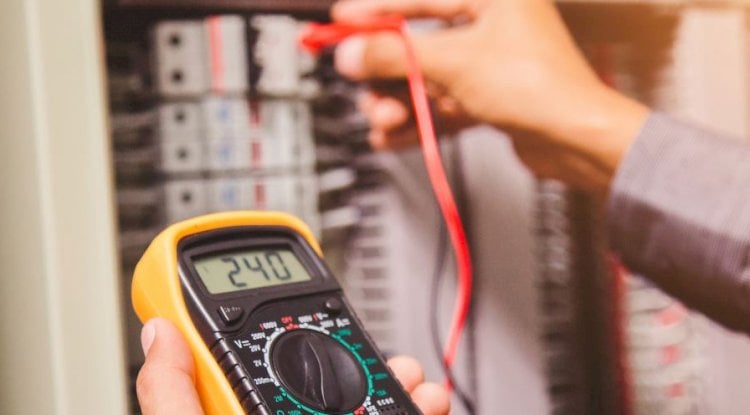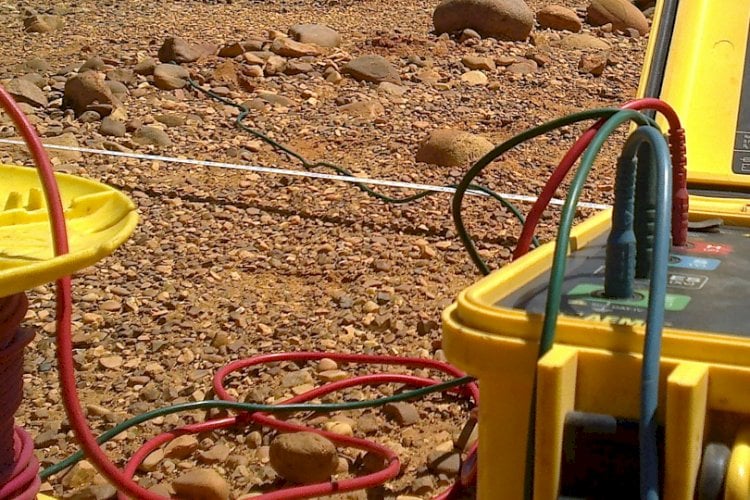Our Response:
The NEC states that if you use one ground rod that the resistance to ground must be 25 ohms. If it is higher, then you must place a second ground rod. There is no requirement to retest the resistance. In practice, for a residential structure, most electricians place two ground rods and call it done. This does not create the best ground, but it meets the bare minimum of the code. I do not know of an equivalent requirement in the British Standards.
There are other standards that recommend a specific resistance-to-ground, depending on the type of system you are working with. Here are two such examples:
ANSI/BICSI 002: Data Center Design and Implementation Best Practices
Recommends 5 Ohms Maximum, but recommends 3 Ohms for Class F2 & F3 Data Centers, and 1 Ohm for Class F4 Data Centers
IEEE 142: Recommended Practice for Grounding of Industrial and Commercial Power Systems (The Green Book)
3.3.4.6 Power stations and substations
“For satisfactory lightning protection, substation grounding network resistance must not exceed 5 ohm; for large stations lower values are more desirable.”
4.1.3 Recommended acceptable values
“Resistances in the 1 ohm to 5 ohm range are generally found suitable for industrial plant substations and buildings and large
commercial installations.”
Generally, we recommend a design goal of a resistance-to-ground less than 5 ohms for most installations. For substations or sites with sensitive electronics, we recommend a design goal of a resistance-to-ground of less than 1 ohm.
The Engineering Experts at E&S Grounding Solutions
----------------------------------------------------------------------------------------------
Let's Talk! Schedule a FREE Phone Consultation Today.
Wherever you're located, learn how good a fit we are for your project.







